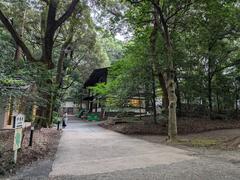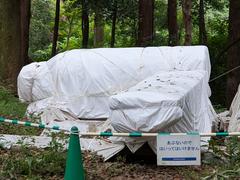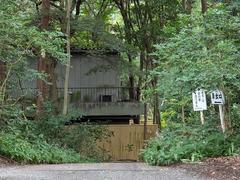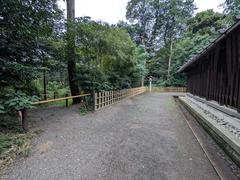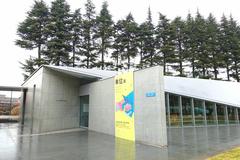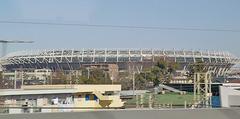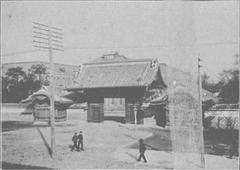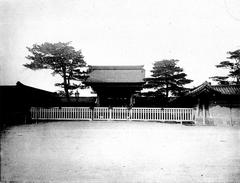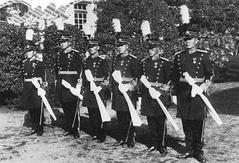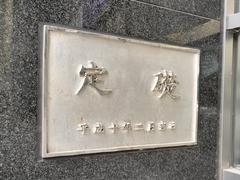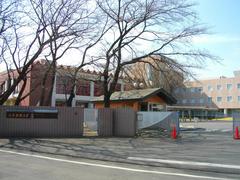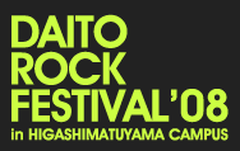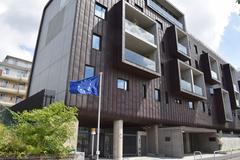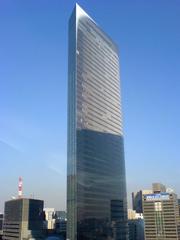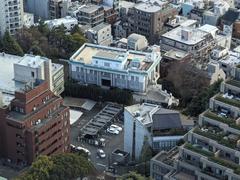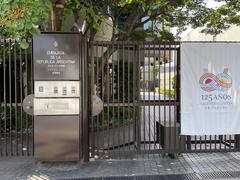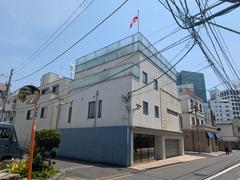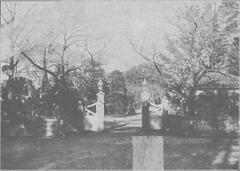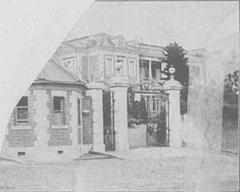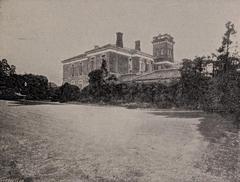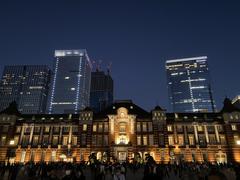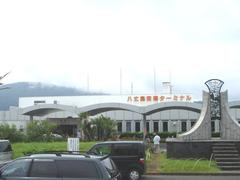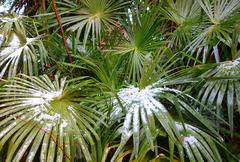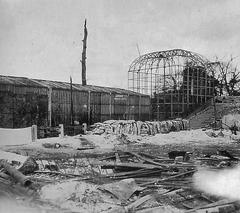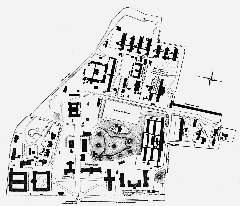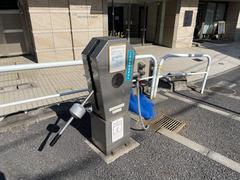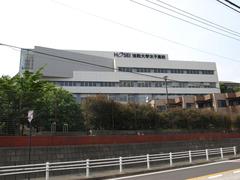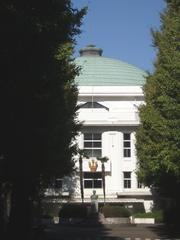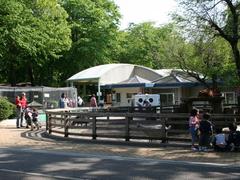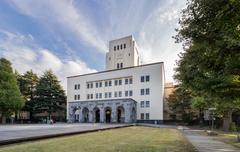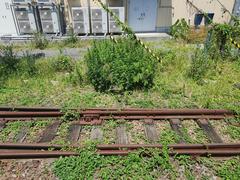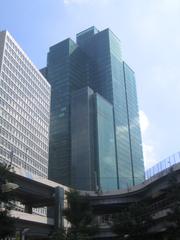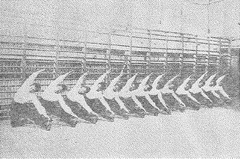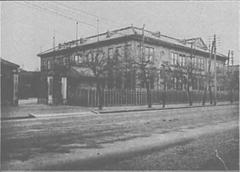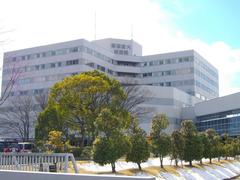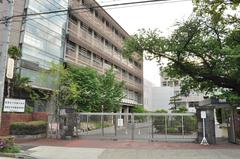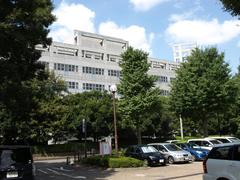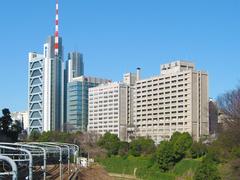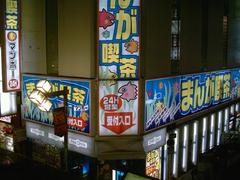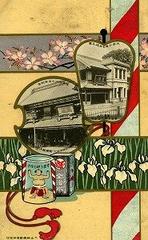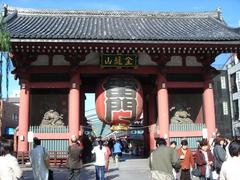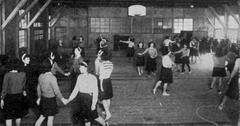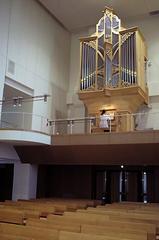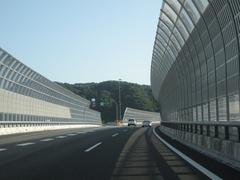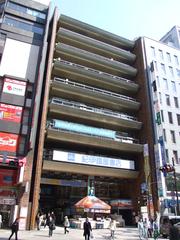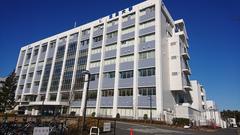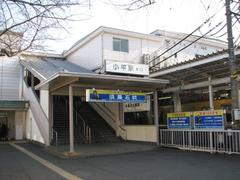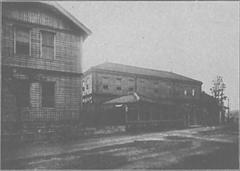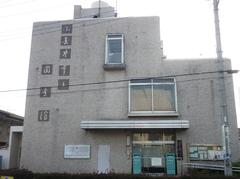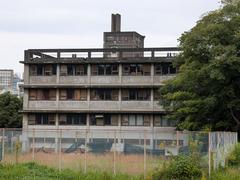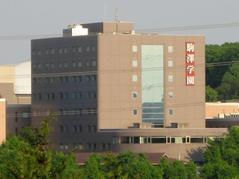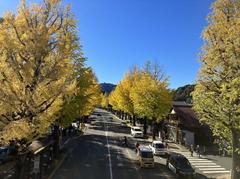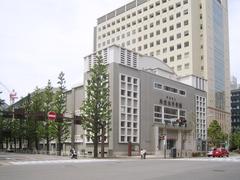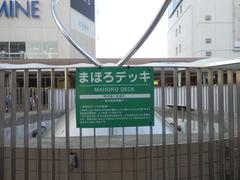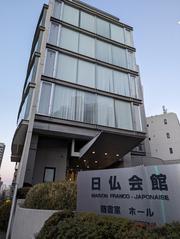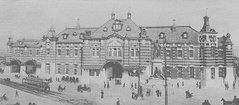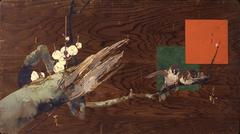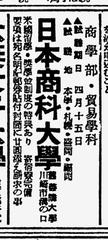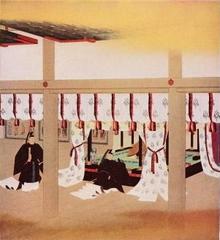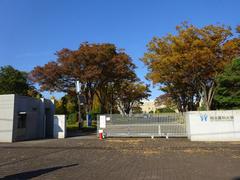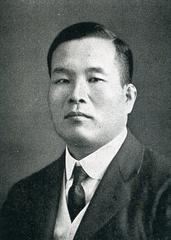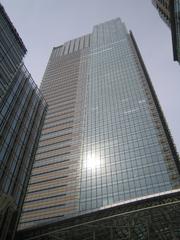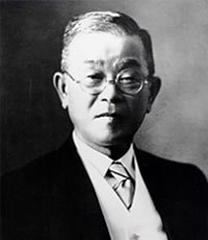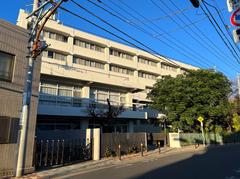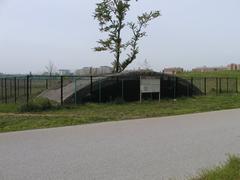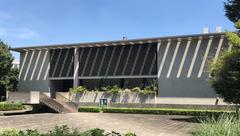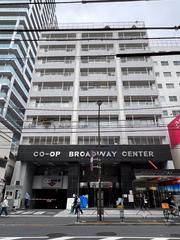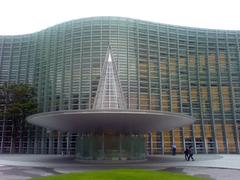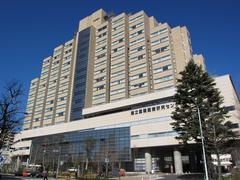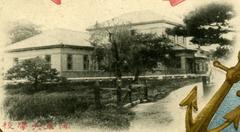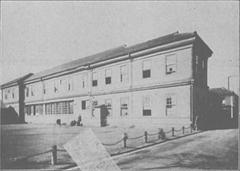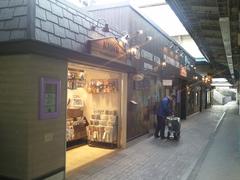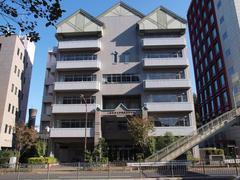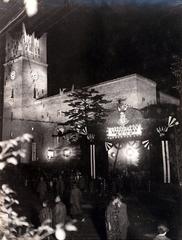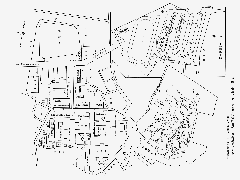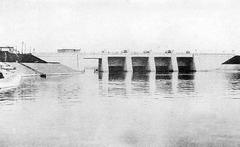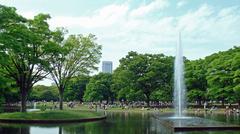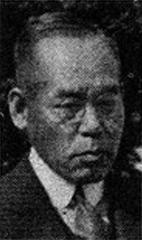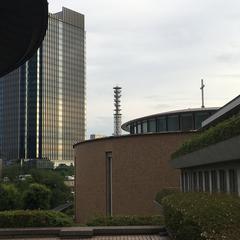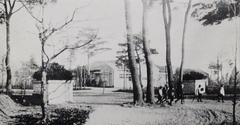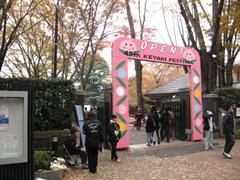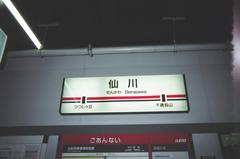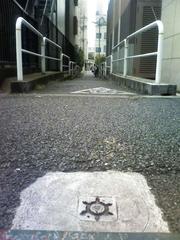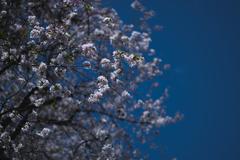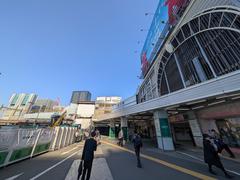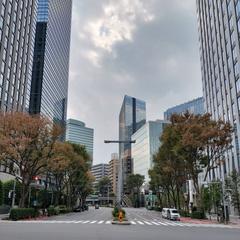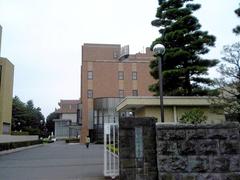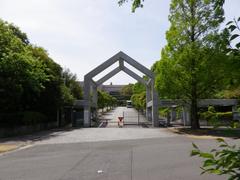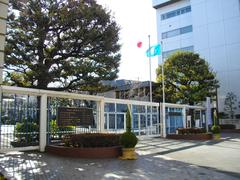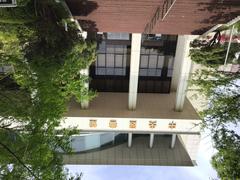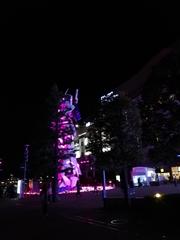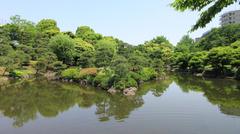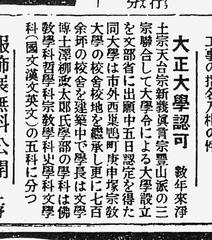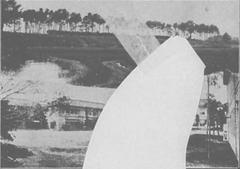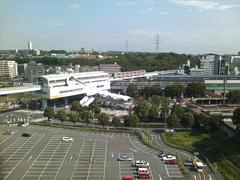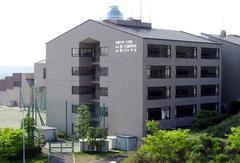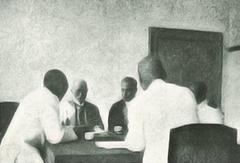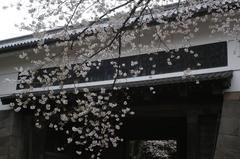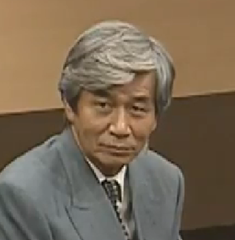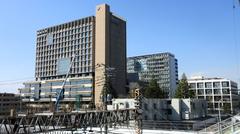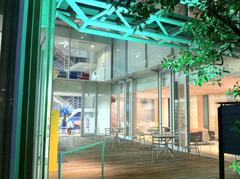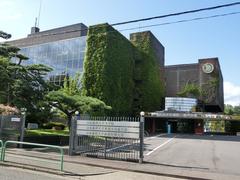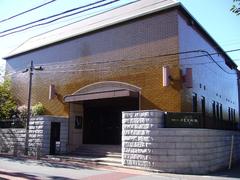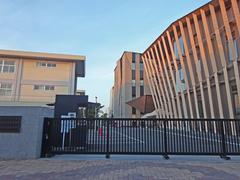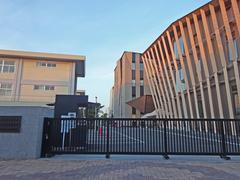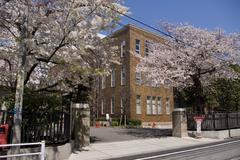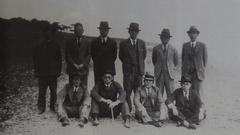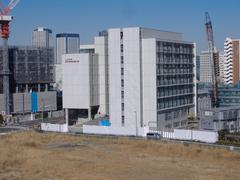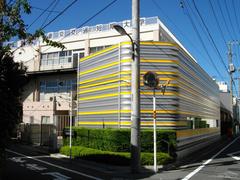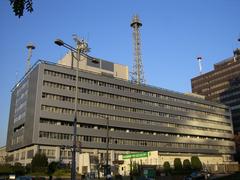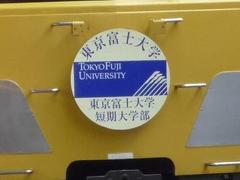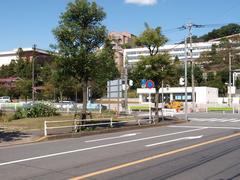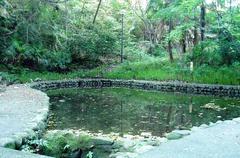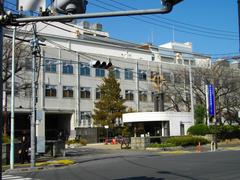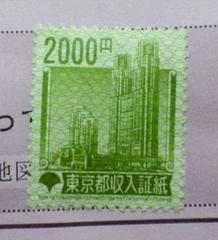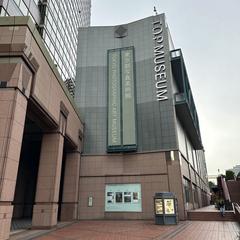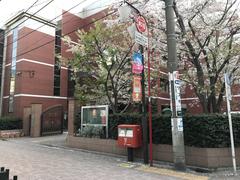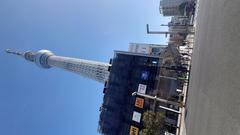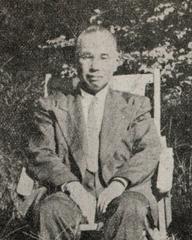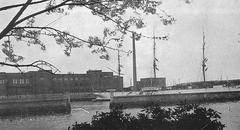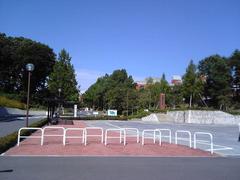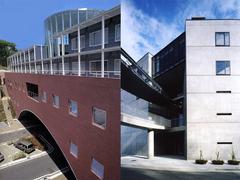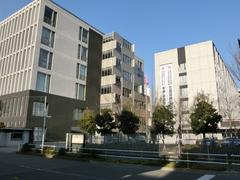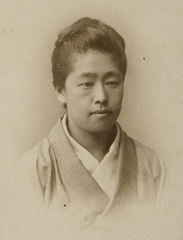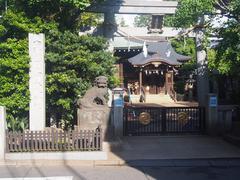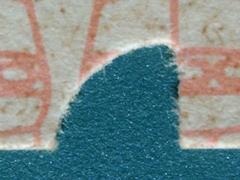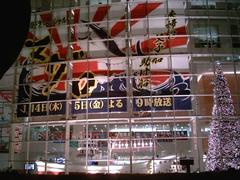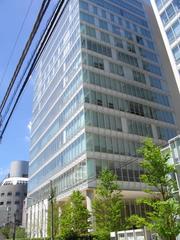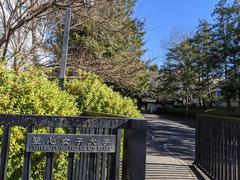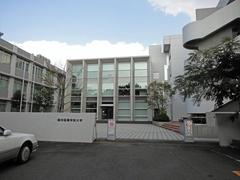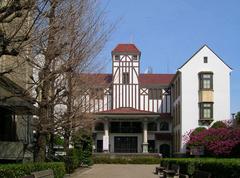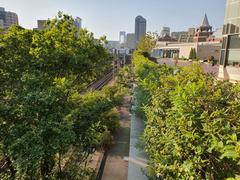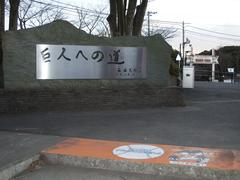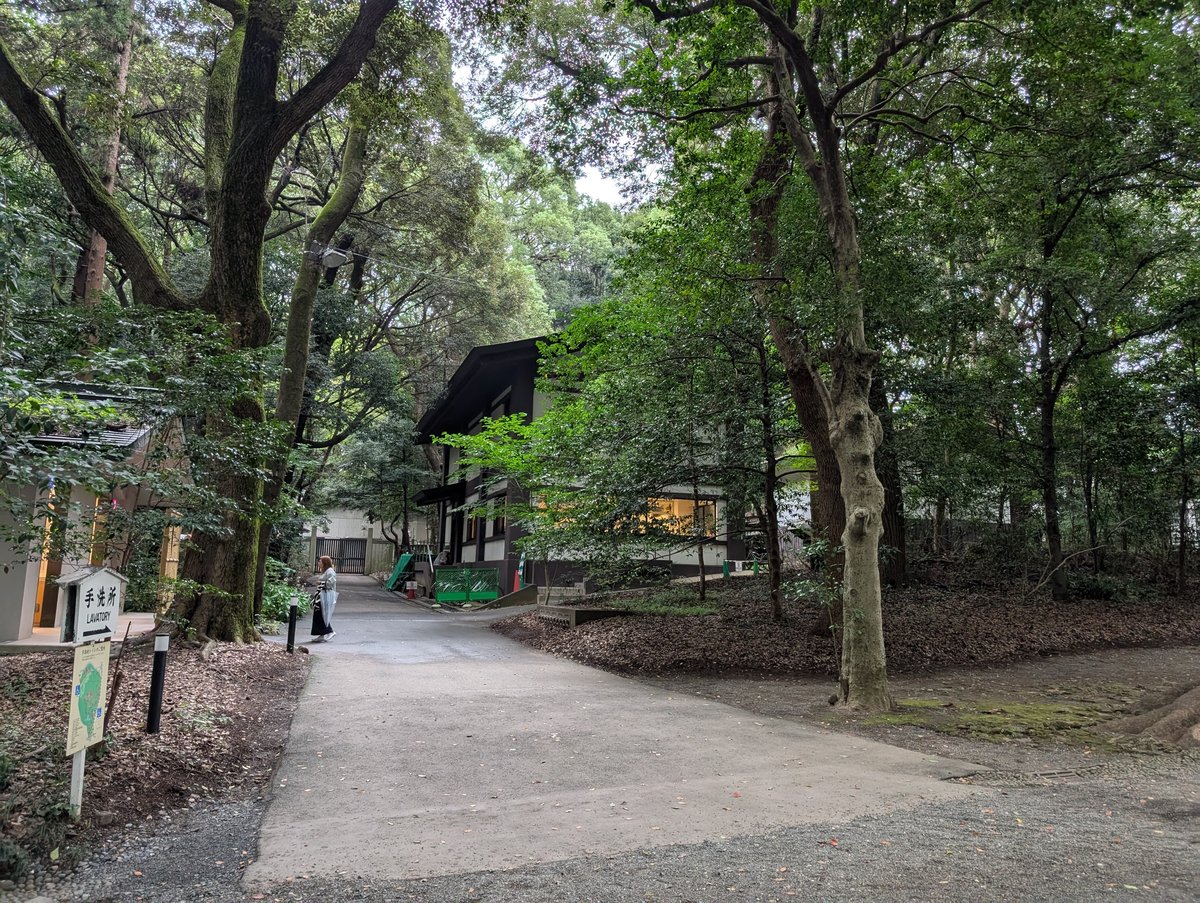
Comprehensive Guide to Visiting Meiji Shrine, Tokyo, Japan
Date: 17/07/2024
Introduction
Discover the rich history and cultural significance of Meiji Shrine (明治神宮, Meiji Jingū), one of Tokyo’s most revered landmarks. Established in 1920 to honor Emperor Meiji and Empress Shōken, the Meiji Shrine stands as a testament to Japan’s transition from a feudal society to a modern state during the Meiji Restoration. Located in the heart of Shibuya, Tokyo, the shrine offers visitors a serene escape with its lush, man-made forest of over 100,000 trees, donated from across Japan and overseas (Japan Guide). Despite suffering significant damage during World War II, Meiji Shrine was meticulously reconstructed in 1958, preserving its original architectural style and materials (Meiji Shrine Official). Today, Meiji Shrine continues to be a hub for numerous Shinto rituals, traditional ceremonies, and seasonal festivals, drawing millions of visitors annually, especially during the New Year for Hatsumode (Japan Times).
Table of Contents
- Introduction
- History of Meiji Shrine
- Visitor Information
- Travel Tips and Nearby Attractions
- FAQ
- Conclusion
History of Meiji Shrine
Origins and Construction
The Meiji Shrine, or 明治神宮 (Meiji Jingū), was established to honor Emperor Meiji and Empress Shōken. Emperor Meiji, who reigned from 1867 to 1912, was instrumental in the Meiji Restoration, a period that marked Japan’s transition from a feudal society to a modern state. The shrine’s construction began in 1915, three years after Emperor Meiji’s death, and was completed in 1920. The site was chosen for its serene forested area, which was transformed into a lush, man-made forest with over 100,000 trees donated from across Japan and overseas (Japan Guide).
Architectural Design
The architectural design of Meiji Shrine reflects traditional Shinto styles, particularly the Nagare-zukuri style, characterized by its simple and elegant lines. The main shrine buildings are constructed from Japanese cypress and copper, materials chosen for their durability and aesthetic appeal. The shrine complex includes several key structures: the main hall (Honden), the offering hall (Heiden), and the inner sanctuary (Naien). The Honden is the most sacred part of the shrine, where the spirits of Emperor Meiji and Empress Shōken are enshrined (Tokyo Metropolitan Government).
World War II and Reconstruction
During World War II, Meiji Shrine suffered significant damage from air raids. The original buildings were destroyed in 1945, but the shrine was meticulously reconstructed in 1958, funded by public donations. The reconstruction efforts aimed to preserve the original architectural style and materials, ensuring that the shrine remained a faithful representation of its initial design (Meiji Shrine Official).
Cultural and Historical Significance
Meiji Shrine holds immense cultural and historical significance in Japan. It serves as a symbol of the Meiji era’s modernization and the emperor’s role in guiding Japan through this transformative period. The shrine is a place of worship and a site for various traditional ceremonies and festivals. One of the most notable events is the annual New Year’s visit, known as Hatsumode, where millions of people visit the shrine to pray for good fortune in the coming year (Japan Times).
Rituals and Ceremonies
Meiji Shrine is a hub for numerous Shinto rituals and ceremonies. These include traditional weddings, where couples dressed in traditional attire participate in a solemn ceremony conducted by Shinto priests. The shrine also hosts seasonal festivals such as the Spring Grand Festival (Reitaisai) and the Autumn Grand Festival, which feature traditional music, dance, and martial arts performances. These events provide a glimpse into Japan’s rich cultural heritage and the enduring traditions of Shintoism (Nippon.com).
Preservation and Modern Developments
Efforts to preserve Meiji Shrine’s historical and cultural integrity are ongoing. The shrine’s forest, initially planted during its construction, is now a mature ecosystem that serves as a green oasis in the heart of Tokyo. Modern developments have also been integrated into the shrine complex, such as the Meiji Jingu Museum, which opened in 2019. The museum houses various artifacts related to Emperor Meiji and Empress Shōken, offering visitors deeper insights into their lives and the Meiji era (Meiji Jingu Museum).
Visitor Information
Tickets and Opening Hours
- Opening Hours: Meiji Shrine is open daily from sunrise to sunset, with hours varying slightly by season.
- Tickets: Entry to the shrine is free, but there may be fees for certain events and exhibitions.
Accessibility
The shrine is wheelchair accessible, with ramps and accessible restrooms available.
Travel Tips and Nearby Attractions
Getting There
Meiji Shrine is located in Shibuya, Tokyo. The nearest stations are Harajuku Station (JR Line) and Meiji-Jingumae Station (Tokyo Metro).
Nearby Attractions
- Yoyogi Park: Adjacent to Meiji Shrine, it’s a great spot for picnics and leisurely strolls.
- Takeshita Street: A bustling shopping street in Harajuku known for its trendy shops and unique fashion.
- Omotesando: A tree-lined avenue with upscale boutiques, cafes, and modern architecture.
FAQ
Q: What are the best times to visit Meiji Shrine?
A: The shrine is less crowded in the early morning or late afternoon.
Q: Are there guided tours available?
A: Yes, guided tours are available and can be booked through the official Meiji Shrine website.
Conclusion
The Meiji Shrine stands as a profound symbol of Japan’s rich cultural and historical heritage. From its origins as a tribute to Emperor Meiji and Empress Shōken to its role as a cultural and spiritual center, the shrine offers a unique blend of historical, architectural, and natural experiences. Its preservation efforts, including the establishment of a mature ecosystem and the integration of modern elements like the Meiji Jingu Museum, ensure that the shrine remains a vital part of Tokyo’s cultural landscape (Meiji Jingu Museum). Visiting Meiji Shrine not only provides a glimpse into the Meiji era’s modernization but also allows for participation in enduring Shinto traditions and ceremonies. Whether you’re exploring the serene forested grounds, attending a traditional festival, or simply seeking a peaceful retreat, Meiji Shrine offers a multifaceted experience that is both educational and spiritually enriching. For more information and updates, visit the official Meiji Shrine website and follow our blog and social media channels.
References
- Japan Guide. (n.d.). Visiting Meiji Shrine - History, Tickets, and Tips for Exploring Tokyo’s Iconic Site. Japan Guide
- Tokyo Metropolitan Government. (n.d.). Meiji Shrine. Go Tokyo
- Meiji Shrine Official. (n.d.). Meiji Shrine Official
- Japan Times. (n.d.). Japan Times
- Nippon.com. (n.d.). Nippon.com
- Meiji Jingu Museum. (n.d.). Meiji Jingu Museum
- Accessible Japan. (n.d.). Accessible Japan
- Tokyo Tourism. (n.d.). Go Tokyo
